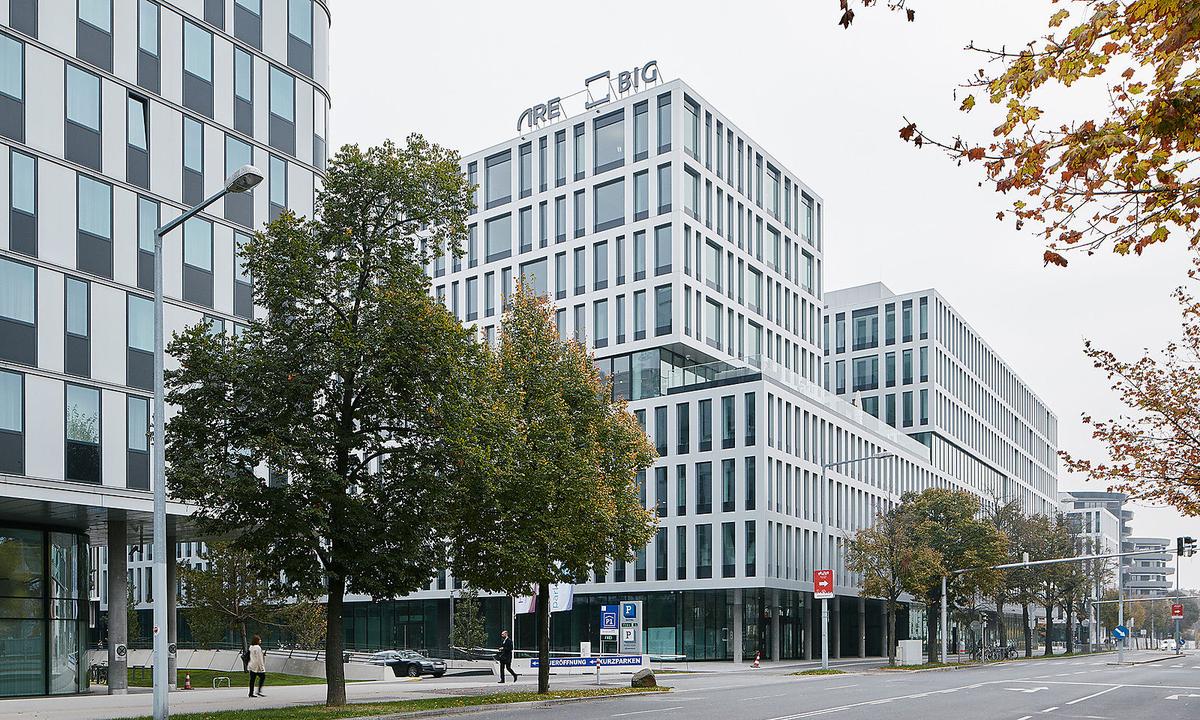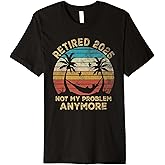In the realm of marketing and visual communication, few tools are as versatile and impactful as big poster paper. Whether you’re promoting a product, advertising an event, or conveying important information, a well-designed display can draw attention and engage your audience. This guide will explore the key elements of creating eye-catching displays using big poster paper, providing you with the insights and techniques needed to make your designs stand out in a crowded space.
Understanding the Basics of Visual Design

Before diving into the specifics of designing big poster displays, it’s essential to understand basic principles of visual design. These principles will guide your decisions and help you create an effective and appealing display.
- Balance: Achieving visual balance is crucial. This can be symmetrical (equal weight on both sides) or asymmetrical (different elements balanced by visual weight).
- Contrast: Use contrasting colors, fonts, and sizes to highlight key information. This helps to draw the eye and make important elements stand out.
- Alignment: Proper alignment of text and images creates a more organized and professional look.
- Repetition: Repeating certain design elements, like colors or shapes, can create a sense of unity and consistency throughout the display.
- Proximity: Group related items together to help convey a message more clearly and strengthen the overall design.
Choosing the Right Size and Format

The size of your poster can significantly impact its visibility and effectiveness. Here are some considerations when choosing the size and format:
- Location: Consider where your display will be placed. In larger spaces, such as trade shows or malls, bigger posters are often necessary to capture attention from afar.
- Content: Ensure that your content is appropriate for the size. More significant displays can handle more information, but they should still be concise.
- Orientation: Decide between portrait or landscape orientation based on the content and location. Portrait is often more suitable for tall spaces, while landscape can be better for wide areas.
Selecting Colors Wisely

The color scheme of your poster can evoke emotions and influence behavior. Understanding color theory is vital for designing an effective display. Here are some tips:
- Brand Colors: Incorporate your brand colors to reinforce brand identity.
- Color Psychology: Use colors that align with the message you want to convey. For example, blue often represents trust, while red can evoke excitement.
- High Contrast: Ensure there is enough contrast between the background and text for readability.
Typography: The Art of Text

Text is a crucial element of your poster, and how you present it can make or break your design. Consider the following:
- Font Choice: Select fonts that are easy to read from a distance. Sans-serif fonts are often more legible for large displays.
- Hierarchy: Establish a clear hierarchy using different font sizes and weights. Headlines should be larger and bolder, while supporting text can be smaller.
- Spacing: Use ample spacing between letters and lines to enhance readability.
Incorporating Imagery and Graphics

Visuals play a significant role in capturing attention. Here’s how to effectively incorporate images and graphics into your display:
- High-Quality Images: Use high-resolution images to avoid pixelation. Blurry images can detract from professionalism.
- Relevance: Ensure that all visuals are relevant to your message and audience.
- Graphics and Icons: Use simple graphics or icons to illustrate points and break up text, making the poster more engaging.
Utilizing Space Efficiently
Effective use of space can enhance the overall impact of your display. Here are strategies to consider:
- White Space: Don’t overcrowd your poster. Allow for breathing room to make the content more digestible.
- Grid Layouts: Consider using a grid layout to organize elements systematically, making the poster easier to navigate visually.
- Focal Points: Create a focal point to draw attention. This could be a compelling image or a bold statistic.
Case Study: Successful Poster Campaigns
To illustrate the effectiveness of well-designed displays, let’s examine a few successful poster campaigns:
- World Wildlife Fund (WWF): Their “Adopt a Tiger” campaign used striking imagery of tigers alongside compelling statistics about their endangerment. The posters effectively raised awareness and donations.
- Apple’s Product Launches: Apple is known for its minimalist design approach. Their poster displays during product launches focus on sleek visuals and concise messaging, creating anticipation and excitement.
- Local Events: Many community events use colorful, engaging posters to attract attendees. For instance, the “Art in the Park” event in Seattle featured vibrant graphics and clear information, leading to a successful turnout.
Effective Placement Strategies

Once your poster is designed, consider where and how it will be displayed. Effective placement can amplify its impact:
- High Traffic Areas: Place posters in locations with heavy foot traffic, such as shopping malls or busy streets.
- Eye Level: Ensure that your poster is at eye level for maximum visibility.
- Interactive Elements: Incorporate QR codes or social media handles to encourage interaction and engagement.
Measuring Success and Gathering Feedback
After deploying your posters, it’s essential to measure their effectiveness. Consider the following methods:
- Surveys: Gather feedback from viewers to assess the impact and appeal of your design.
- Track Engagement: If you included QR codes or social media links, monitor engagement metrics.
- Sales Data: Analyze sales data or event attendance to determine if your display led to desired outcomes.
Designing eye-catching displays using big poster paper is both an art and a science. By understanding the principles of visual design, carefully selecting colors and typography, and effectively using space, you can create impactful posters that draw attention and communicate your message effectively. The key takeaways from this guide include the importance of balance, contrast, and alignment in design, the significance of high-quality images and relevant graphics, and the need to measure success post-deployment. With these insights in hand, you are now equipped to create displays that not only look great but also achieve your marketing goals.


